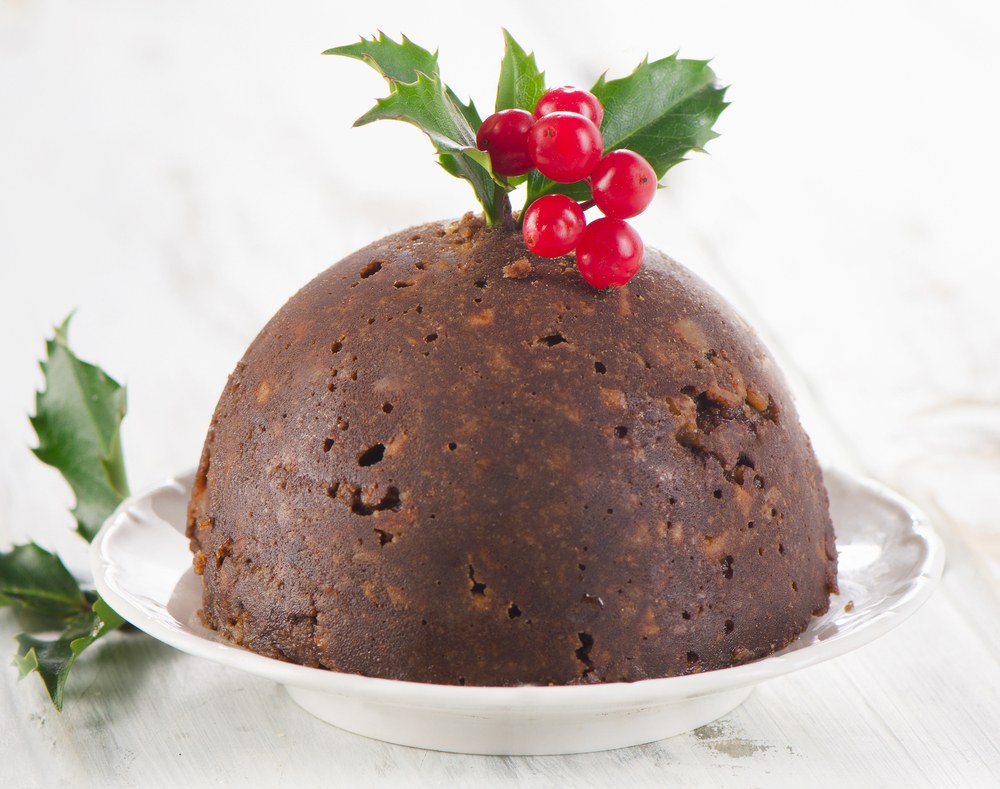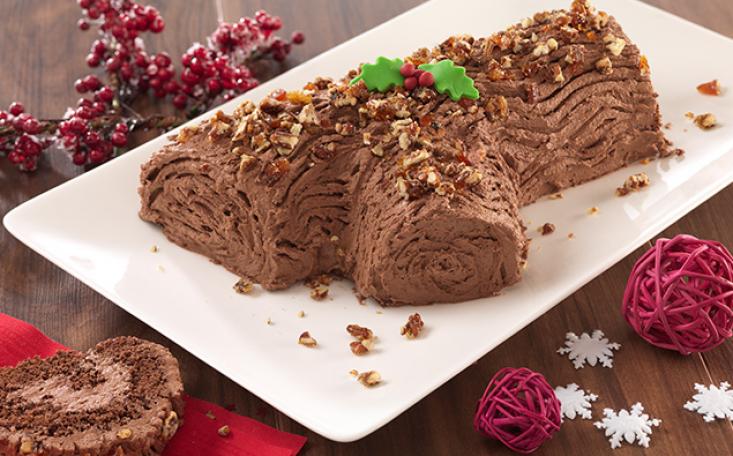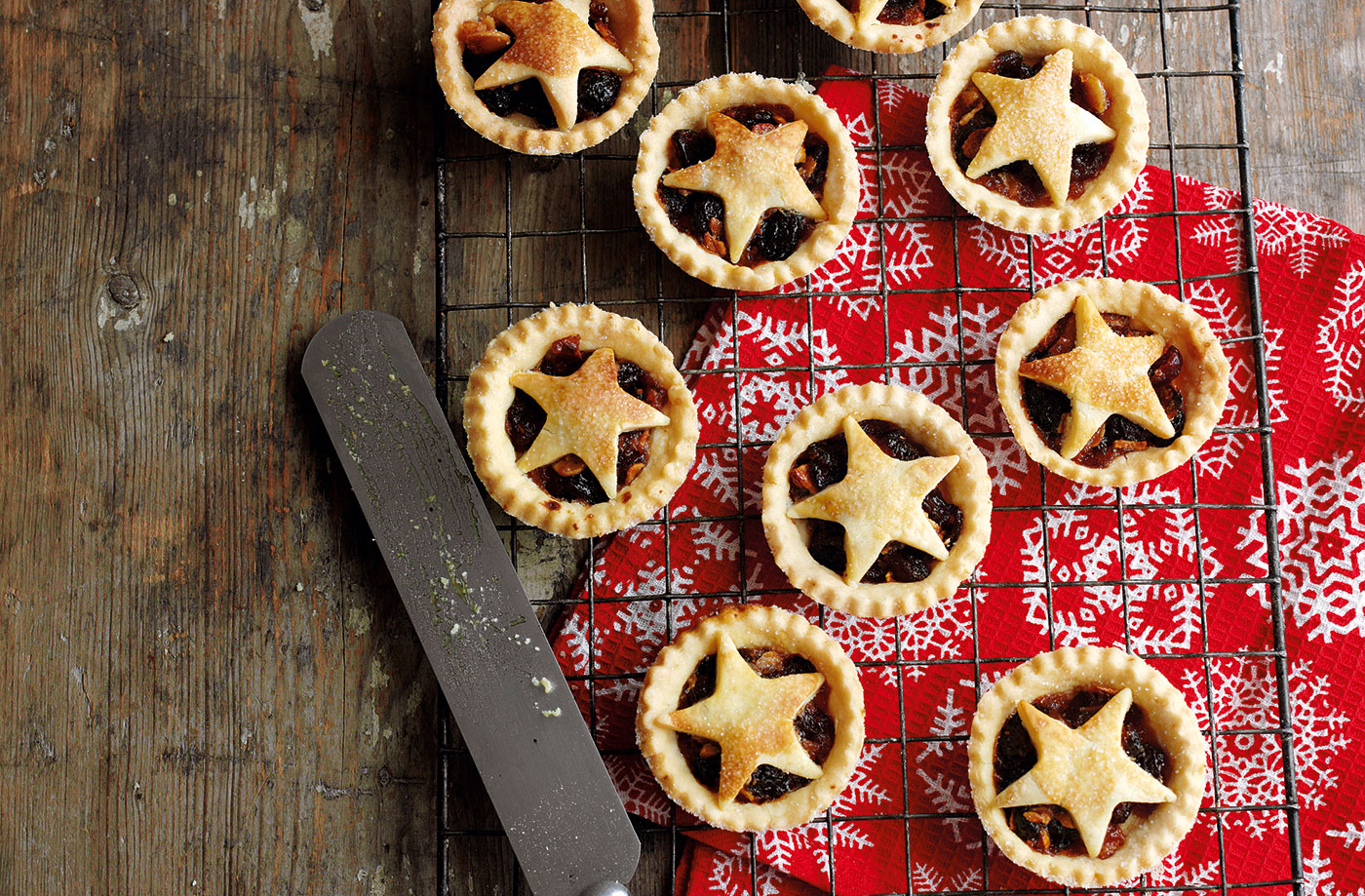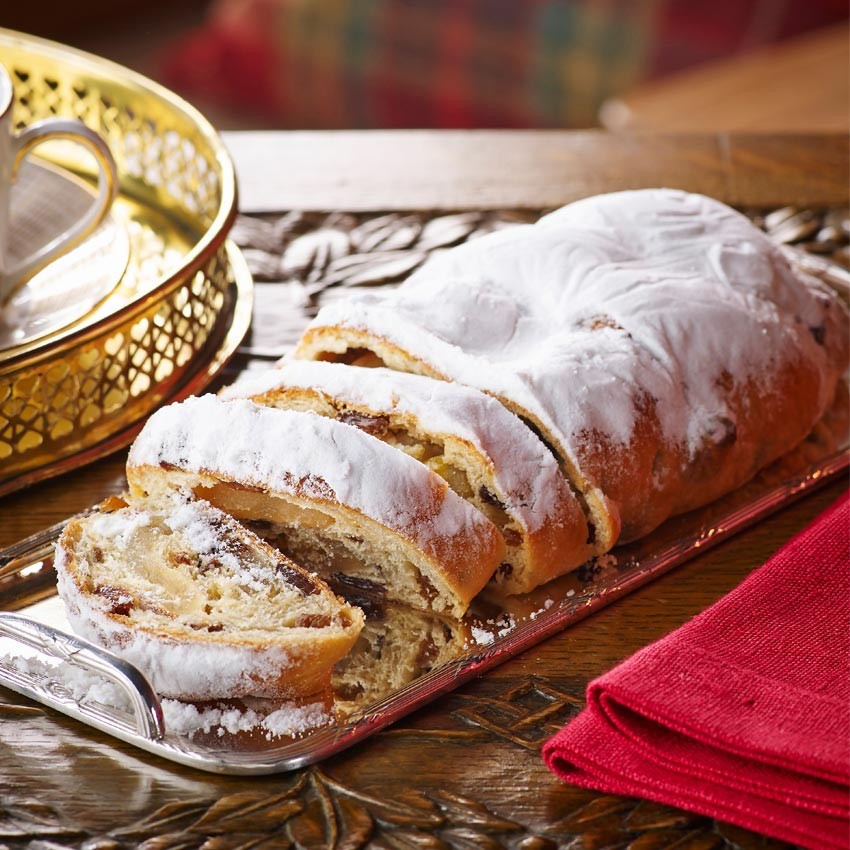
The myths and magic behind pudding, stollen, yule logs and more…
Ever since I picked up a book called “Ancient Wisdom: Magic from around the world”, as a teen, from the world book fair in Delhi, I have been fascinated by the rituals of eating around Christmas in Europe.
Quite contrary to the promise of its title, the book turned out to be not about magic at all. Instead, what it details are scores of now obscure folk rituals, under chapters, such as “gypsy magic”, “food magic”, “fertility magic” and yes, “christmas magic”. The book has stayed on my shelves and from time to time, I go back to it and not just to refer to the colour of the candle while making a wish!
What the Harry Potter series told the world was that love is the most ancient of powerful magics around. What it unfortunately ignored was the magic of food. Ah! the wasted (literary) potential of Bertie Bott’s Every Flavour Beans!
In real life, however, people, wittingly or unwittingly have always eaten the kind of food, whose “properties” they most desired to imbibe. From ancient and medieval cultures eating “aphrodisiac foods” to rituals that persist till today—coconut, a symbol of fertility and plenty is used across communities in Indian festive rituals, for instance, replicating more agrarian times, the examples are too many to miss. In fact, even the practice of eating the birthday cake goes back to the custom of eating cake with your name or good wishes on it for a happier and longer life ahead.
Christmas, in Europe, has its own set of eating rituals; some pretty complicated too (at least for us tropical people) because, of course, the festival borrows from many other religious and older folk traditions that came together to give us modern-day traditions that we now associate with the birth of Christ. In fact, even the “birth of the son” at this time of the year refers to the older nature-worship and the “birth of the sun”—post the winter solstice and the lengthening of daylight in the northern hemisphere.
With Christmas puds, stollen and mince pies getting globalised and Christmas being the new Diwali in India, when everyone wants to sample these pleasures, it is only fair to understand why we eat them and their symbolism.

Image: epicurious.com
1. The Plum Pud: The Christmas or “plum” pudding, of course, has no plums! That is the name it acquired in Victorian times in England, when raisins were referred to as plums! It was only in the 19th century that modern-day “Christmas pudding” really took shape as the solid cake of flour, suet, dried fruit, spices and alcohol—all dusted with sugar and topped with holly. It was carried across the seas by the Colonialists and its popularity spread. So that we now identify it so completely with Christmas. In fact, the “pudding” as the name suggests, was really a pudding. Until the 16th century, this was a semi-liquid porridge of fruit, grains and metal (a silver coin was added to represent the earth). It could perhaps trace its origins to the Roman pottage (a meat and vegetable concoction originating in Roman times). But it was largely eaten as a ritualistic food around the winter solstice signifying prosperity and regeneration of the earth after a cold winter in northern Europe. The holly on top signified the evergreen “world” tree.
January 6 (the feast of Epiphany) was the original Christmas (in the Eastern church). It was shifted to December 25 possibly because the Western church incorporated elements of the earlier Roman religion that celebrated Saturnalia (from the roman god Saturn) around the time of the winter solstice.
The pudding was traditionally made on four-five weeks before Christmas (last Sunday before Advent, called Stir-Pudding Sunday), and the batter was enough 13 puds (representing Christ and his 12 disciples), to be stirred clockwise (recreating the journey of the Magi), while making a secret wish (that would come true!) So the next time, you mix the batter at any of the five-star hotels that have made this such a modern ritual in our midst, do remember this!

Image: bakewithstork.com
2. Yule Log: The pretty-looking swiss rolls are part of the older festival of Saturnalia. Saturn, represented as an old man in myth, would be superseded by the new-born sun as the winter solstice marked the coming back/rebirth of light in the cold, dark northern hemisphere. To celebrate the return of light, logs would be burnt through the night. And Holly, the evergreen tree, was an important symbol of fertility. All these myths inspire the Yule Log pastry. Eat and feel yourself come out of the shadows!

Image: realfood.tesco.com
3. Mince pies: If the croissant was invented in Vienna to celebrate the Christian victory in the Crusades, mince pies too owe their origin to that time. They were a way of preserving meat with the spices of the East. And in fact the early Christmas pudding was a sweet-savoury, fruit-meat mix.
4. Tinsel: Tinsel decorations on cake are common—originally, they symbolised the spider’s web. The spider is a sacred creature in the myth of Jesus. When Mary was fleeing Herod to go to Egypt, they hid in a cave, the mouth of which was covered by a spider with its web. The soldiers of the king thus did not go into the cave!

Image: bettys.co.uk
5. Stollen: The Dresden Stollen is of course famous. It was a bread originally without any fat—just oats, flour and water. And it possibly had its origins in an earlier Jewish winter bread. Over time, as the ingredients got richer, butter and dried fruits were added, it became the traditional Christmas bread in the northern countries other than England, which has its Christmas cake.
This article is written by our dear friend Anoothi Vishal & was originally published on A Moveable Feast
An acclaimed Food Critic & Writer, Anoothi has a keen interest in the historicity & diversity of culinary traditions. When not wielding the pen she takes on the role of a Curator, channeling her expertise of the F&B business.

